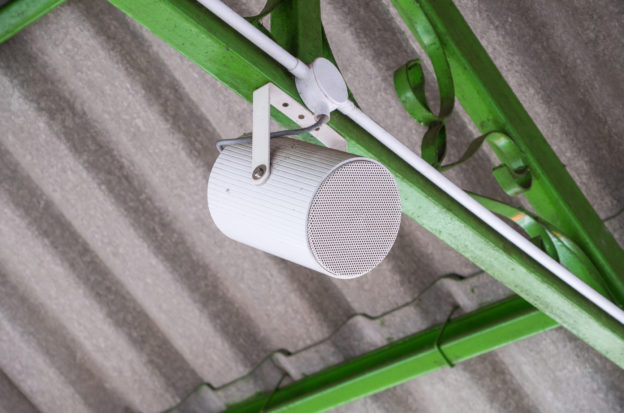It may beep or it might light up, vibrate, or give an audible signal. Pagers are portable communications devices that can be used for sending short messages. The forerunner of the pager was used in 1921 by a police department in Michigan. By 1949, Al Gross had invented and patented a phone pager that was used in a New York hospital. By the late 1950’s his invention gained FCC approval for use by the general public. One person could send a message on a touch-tone phone to the pager which then would emit some sort of signal like a beep or vibration to alert the receiver. The phone number of the sender would be displayed on the screen.
There are several types of paging systems. These include plain beepers, voice paging, numeric pagers, alphanumeric pagers, and two-way alphanumeric pagers. With alphanumeric paging systems, messages can only be sent one way; but with two-way alphanumeric pagers messages and texts are both sent and received. Numeric pagers allow for a numeric display of the numbers that need to be called. Voice or tone pagers play recorded messages. Beepers are the simplest and either light up, vibrate, beep or play some other sound when activated.
Initially, pagers were used by medical and emergency personnel but they rapidly became popular for everyday use. Pagers have become a big business and although their use has declined since the invention of the cell phone they have remained popular, especially for emergency response systems. In 2008, pagers brought in approximately $2.1 billion dollars. Pagers have several advantages over cell phones. The main advantage is that they work in areas like hospitals where cell phones do not receive signal. This advantage means that pagers are also very handy for emergency situations. Unlike cell phones, the location of pagers cannot be tracked because they do not emit a signal, and therefore they will work when a cell phone won’t.
Emergency paging systems are practical and fast acting. Modern technology has made pagers even more effective for those wanting to contact one person or large groups of people. In the event of disasters such as Hurricane Katrina, pagers are among the fastest, most effective ways of keeping communication lines open. For individuals living in areas where there is no cell phone signal, emergency paging systems can mean the difference between being able to communicate and being cut off from the outside world. Emergency paging systems are a fast way for individuals with medical problems to get a quick response in times of medical need. They can be used in businesses in the event of a medical emergency, fire, or even burglary. Even those individuals and businesses with cell phone services would benefit from having an emergency paging system for those times when the satellite system goes down.
Setting up an emergency paging system can improve productivity and safeguard businesses, industry, healthcare agencies, pharmaceutical companies, educational institutions, and government agencies as well as individuals. Several emergency paging systems are available. Factors like efficiency, high-quality state of the art equipment, technical support, and service are important factors in selecting an emergency paging system. It’s not just the system but also the people who stand behind it that counts.
Keywords: paging system, emergency pagers, paging devices, communication technology

